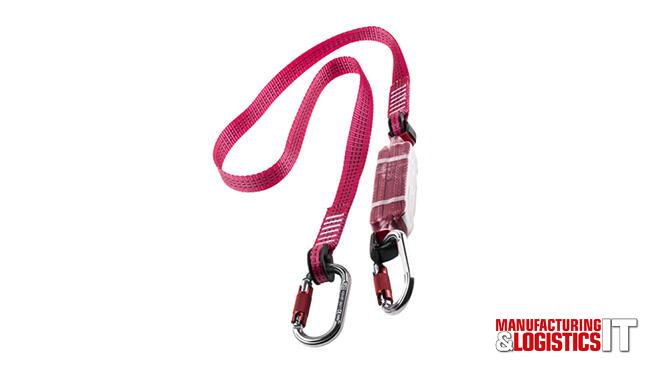By Craig Simmons, freelance writer.
Fall safety equipment is critical for any job that requires working at an elevated level. Even a few feet off the ground, a fall of any kind can have catastrophic results. For that reason, having the proper fall safety equipment is an absolute must.
Choosing the proper safety equipment is a bit tougher than it looks, however. One crucial part of fall safety equipment is the harness lanyard. If you are unfamiliar with them or simply want to get to no more, it helps to know the different types of harness lanyards.
Self-Retracting Lanyards (SRLs)
A common type of harness lanyard is the self-retracting lanyard (SRL). In construction and even some areas of manufacturing, fall safety equipment is not only necessary but required by law. SRLs are perfect for short distances, typically of two feet or less.
These are a solid option because there is little to no slack, which means less distance to fall. SRLs are a lot smaller, lighter, and more manageable than they have been in recent memory, making them a more favorable choice. While others will absorb the shock of the fall, SRLs attempt to take the physical impact out of a fall by limiting the amount of space before the lanyard locks into place.
Shock-Absorbing Lanyards
Arguably the most popular harness lanyard out there. The biggest reason that shock-absorbing lanyards are so popular is their ease of use. Not only are they easy to set up, but it is very obvious to tell whether they have been properly deployed. They are a bit longer, coming in at six feet typically, and have a bungee style to them.
These lanyards soften the force of the fall, but typically shouldn’t be used at more than 9 or 10 feet. Consider the use, the fall distance, and whether you want to arrest the fall after it has happened or stop it altogether. There is the potential for whiplash and other injuries even if the fall does stop at some point in the air.
Positioning Lanyards
The final type of lanyard also has the least flexibility to it. Positioning lanyards come at a fixed length and are meant to keep you where you are rather than stop a fall in process. They are generally used where rebar assemblies are common, typically pour-in-place concrete walls. Positioning lanyards are also most common when using a boom lift.
There are some who would argue that positioning lanyards is superior. Compared to shock-absorbing lanyards, there is no risk of a potential tip-over. If there is risk of a fall, a positioning lanyard has become a reliable choice among professionals everywhere.
Things to Consider
So, you know what kind of lanyard you want but there are other things to consider. What is the lanyard made of? Does it use wire or Kevlar rope? These are things worth thinking about. For instance, you need a material that is burn resistant if you tend to work in burning, welding, or torch cutting.
Consider your anchors as well. Depending on where the anchor point is, you may be limited in options and require an extended lanyard. If you need to switch from one anchor point to another, then a double-legged lanyard may be the best option so that you don’t expose yourself to a fall when switching from one anchor to the other.
Though it looks like a relatively useless piece of equipment, the harness lanyard is vital to fall protection. Taking the time to assess the situation and realize what kind of lanyard best suits your needs will aid in proper fall protection.



